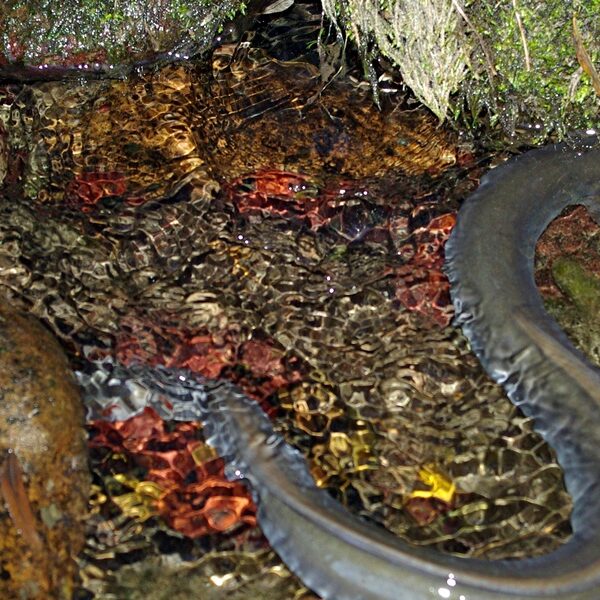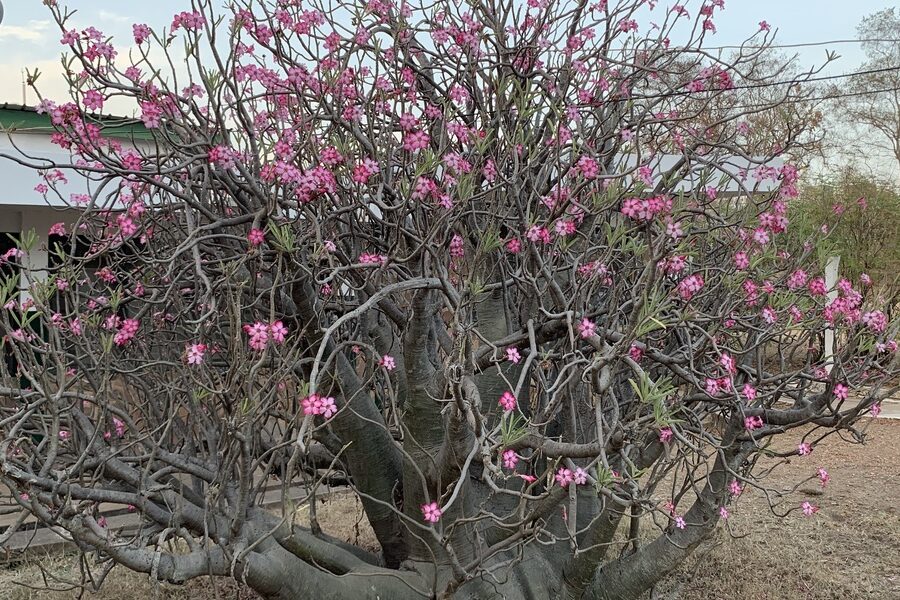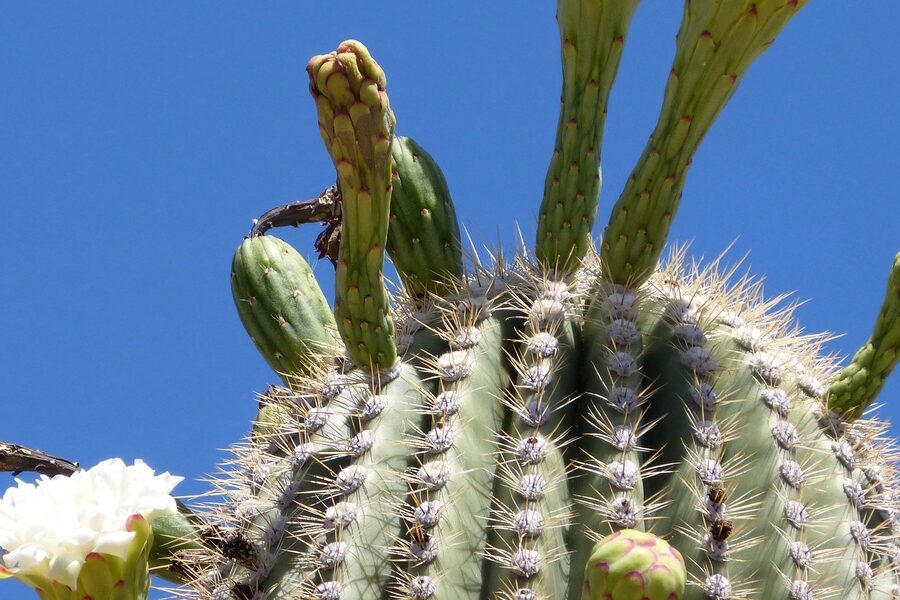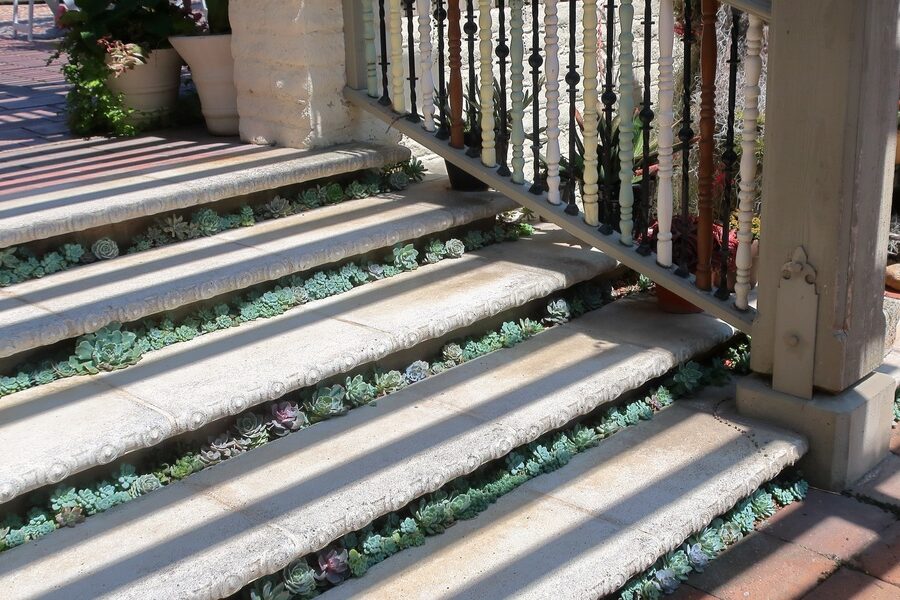Deserts cover roughly one-third (33%) of Earth’s land surface, yet plants in those landscapes have evolved remarkably efficient ways to survive with very little water. Water scarcity drives form and function here: from swollen stems that act as reservoirs to tiny leaves that limit evaporation, drought shapes nearly every trait. This article explains 10 defining characteristics of desert plants, showing how morphological, physiological, reproductive, and ecological strategies let life persist in arid places — and why those traits matter for people. Understanding these adaptations helps with conservation, low-water landscaping, and selecting species for restoration or cropping in dry regions. Below I’ll group the traits into four categories and highlight clear examples and practical takeaways before we dive into specifics.
Morphological adaptations
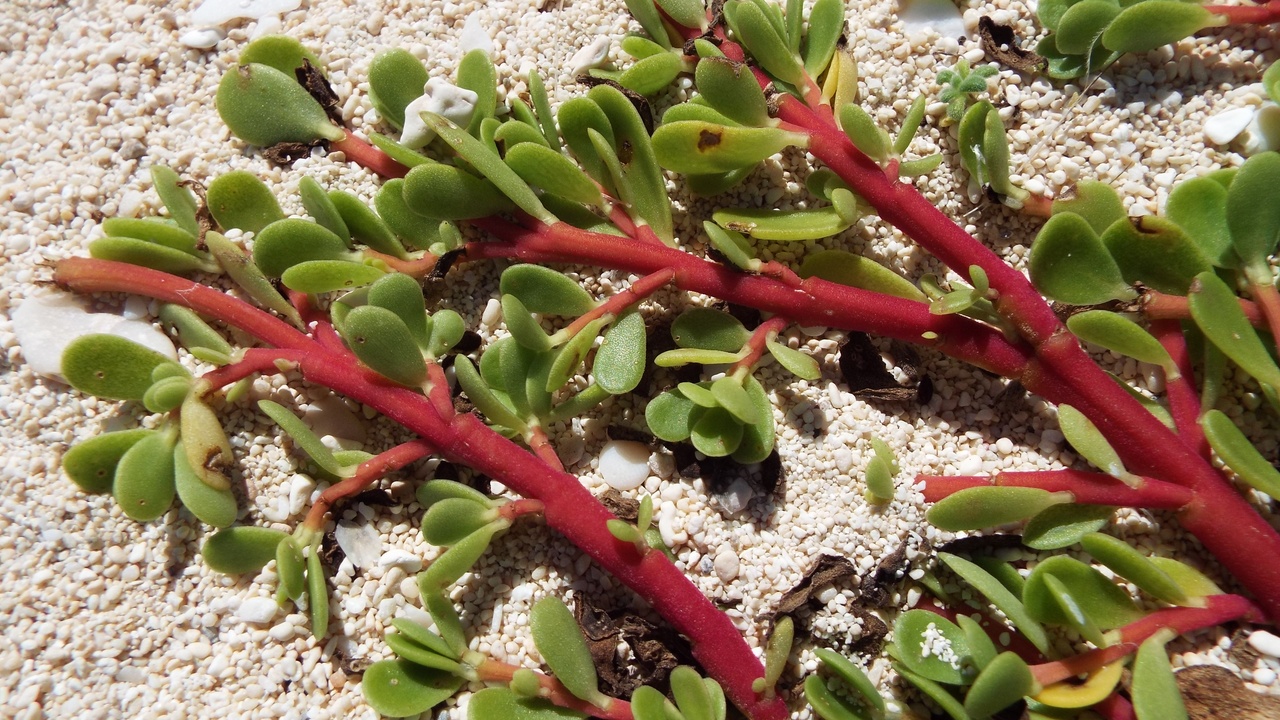
Morphology is the first line of defense in arid places: plant form reduces evaporation and stores water. Leaves, stems and roots work together — stems or leaves hold moisture, leaves shrink or disappear to cut surface area, and roots either plunge deep or spread wide to capture rare rains. Classic examples include columnar cacti that bulk-up stems for storage, agaves with fleshy leaves, and deep-rooted trees like mesquite that tap groundwater. The three short subsections below show how storage, leaf reduction, and root architecture complement one another.
1. Succulence: water storage in stems and leaves
Many desert plants store water in swollen stems or leaves called succulence. Specialized parenchyma cells hold large water volumes while a thick, waxy cuticle and compact cell packing reduce loss through the surface. A mature saguaro (Carnegiea gigantea) can hold roughly 200 gallons of water — a reserve that carries it through long dry spells. Horticulturally, succulents such as agave and aloe are prized in xeriscaping and green roofs because they offer attractive, low-water options for gardens and urban plantings.
2. Reduced leaves and spines: minimizing surface area
Many desert species reduce leaf area or replace leaves with spines to limit transpiration. In cacti the flat or cylindrical pads and stems take over photosynthesis while spines — modified leaves — deter herbivores and can cast small shadows that lower surface temperature. Some acacias carry tiny bipinnate leaflets that open only when moisture allows. Because fewer leaves mean less photosynthetic surface, many plants compensate by using thicker stems for carbon fixation or by shifting gas exchange to cooler periods.
3. Deep and wide root systems: finding scarce water
Root architecture is a key morphological adaptation: some plants grow deep taproots to reach groundwater while others form extensive shallow roots to capture brief surface moisture after rains. Mesquite and related Prosopis species can develop roots that extend over 50 feet (≈15 meters) to tap deeper sources. Conversely, desert annuals produce widespread fibrous roots that quickly soak up rain before it evaporates. Knowing root types helps choose species for restoration or agroforestry depending on soil depth and water table availability.
Physiological adaptations
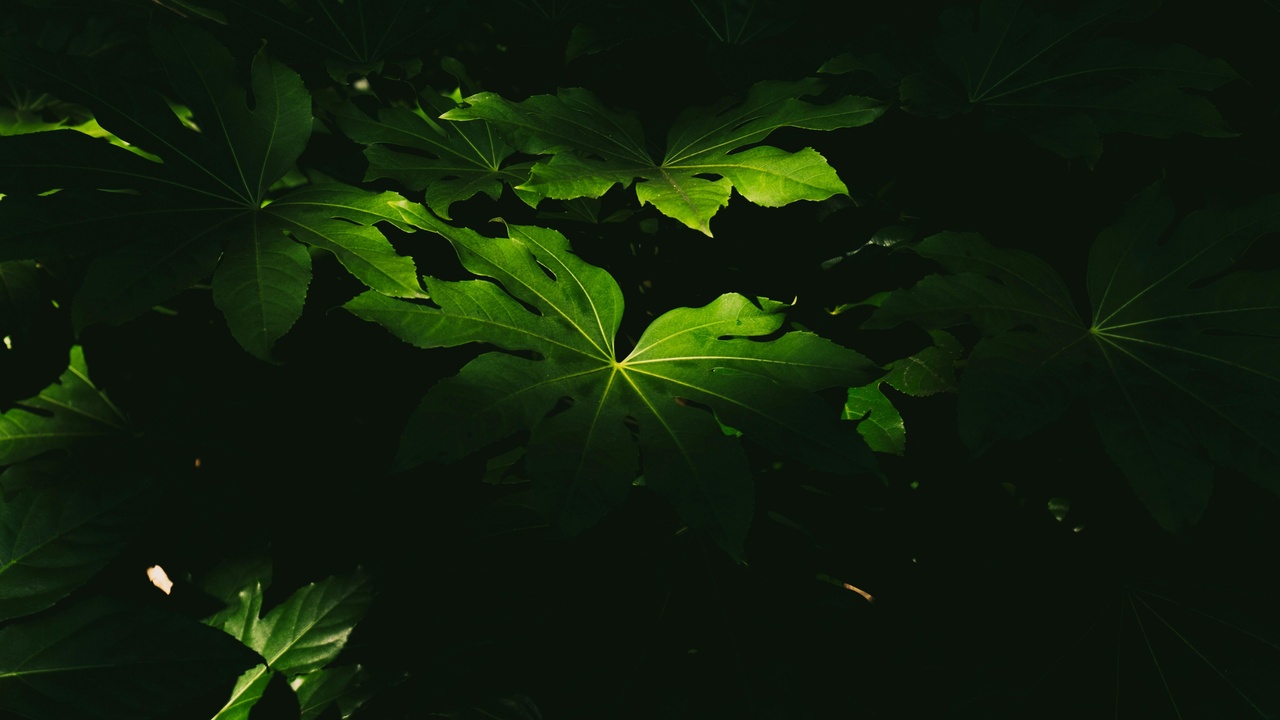
Physiological strategies let plants maintain function under heat and drought, complementing physical form. Biochemical shifts, stomatal behavior, osmotic adjustment and heat tolerance determine how efficiently a plant uses the water it has. When you look at the characteristics of desert plants, you’ll see that physiology often sets where species can survive and how they respond to changing climate patterns. The next items explain common mechanisms and give practical examples.
4. CAM photosynthesis: night-time CO₂ uptake
Crassulacean Acid Metabolism (CAM) lets plants open stomata at night when temperatures and evaporative demand are lower, cutting daytime water loss. At night CO₂ is fixed into organic acids (usually malic acid) and stored; during the day those acids are decarboxylated to release CO₂ for photosynthesis while stomata remain closed. Many succulents and cacti use CAM, including agave and multiple houseplant genera like Kalanchoe. In dry landscapes, CAM species offer low-irrigation alternatives because they conserve water while remaining productive.
5. Stomatal control and leaf physiology
Desert plants tightly regulate stomata to balance CO₂ uptake with water loss. Adaptations include lower stomatal density, rapid closure during heat events, sunken stomata that reduce airflow over the pore, and reflective leaf surfaces that lower leaf temperature. Some xerophytes also have tiny hairs or waxy coatings that increase boundary-layer humidity around the leaf. These traits improve survival during heatwaves and make certain species good choices for urban planting where temperatures and water stress are increasing.
6. Osmotic adjustment and salt tolerance
Osmotic adjustment uses soluble compounds — sugars, proline and other osmolytes — to retain water inside cells under dry or saline conditions. Some desert species are halophytes adapted to salty soils; Atriplex (saltbush) and Salicornia (sea asparagus) tolerate high salinity and maintain turgor through osmotic balancing. These species are useful in saline agriculture and coastal restoration, and their biochemical strategies also protect membrane and protein structures during drought.
Reproductive and life-history strategies
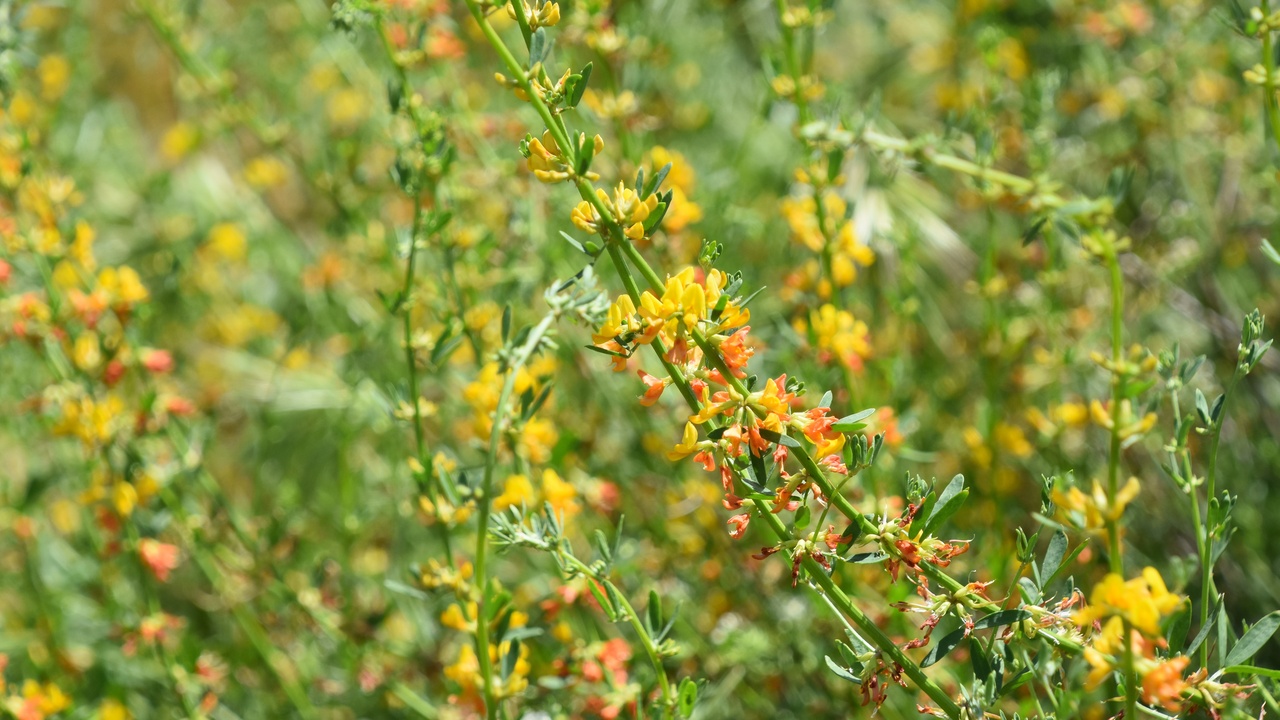
In unpredictable environments, timing is everything. Some species wait for rare wet years, others race through a life cycle in weeks, and a few invest in extreme longevity. Reproductive timing, seed dormancy and lifespan determine which niches species occupy and how they recover after disturbance. The following points show how dormancy, ephemerality, pollination and clonal growth spread risk across years or lock in persistence.
7. Seed dormancy and persistent seed banks
Many desert plants produce seeds that remain dormant until cues such as sustained moisture or temperature shifts trigger germination. Soil seed banks act as a buffer against multiple poor years; some seeds in arid systems remain viable for decades, with documented cases exceeding 20 years. That longevity matters for restoration: disturbing or removing topsoil can deplete the seed bank, while protecting it preserves a natural reservoir of native species for future recruitment.
8. Rapid life cycles: ephemerals that race the rain
Desert annuals can complete a full life cycle in just a few weeks, exploiting short wet windows. Germination, vegetative growth and seed set often occur within 2–6 weeks after a rainfall event. These ephemerals drive spectacular “superblooms” in places like the Sonoran and Mojave deserts, providing condensed bursts of food for pollinators and seed-eating animals and contributing disproportionately to seasonal biodiversity.
9. Specialized pollination and flowering timing
Flowering schedules and pollinator partnerships are tightly tuned to local conditions. Some columnar cacti bloom at night and are pollinated by bats or moths, while agaves and ocotillo time daytime blooms for bees, hummingbirds and other insects. Saguaro flowers, for example, open in late spring and attract both bats (night) and birds (day). Such specialization means plant reproduction can be vulnerable to shifts in pollinator populations or phenology changes driven by climate.
10. Longevity and clonal persistence
Some desert plants favor long life over rapid turnover. Clonal growth and slow metabolism allow individuals to persist through extended droughts. The creosote bush clonal ring nicknamed “King Clone” in the Mojave has been estimated at about 11,700 years, a striking example of longevity. Ancient clones and long-lived trees are conservation priorities because their loss cannot be quickly reversed.
Ecological roles and human uses
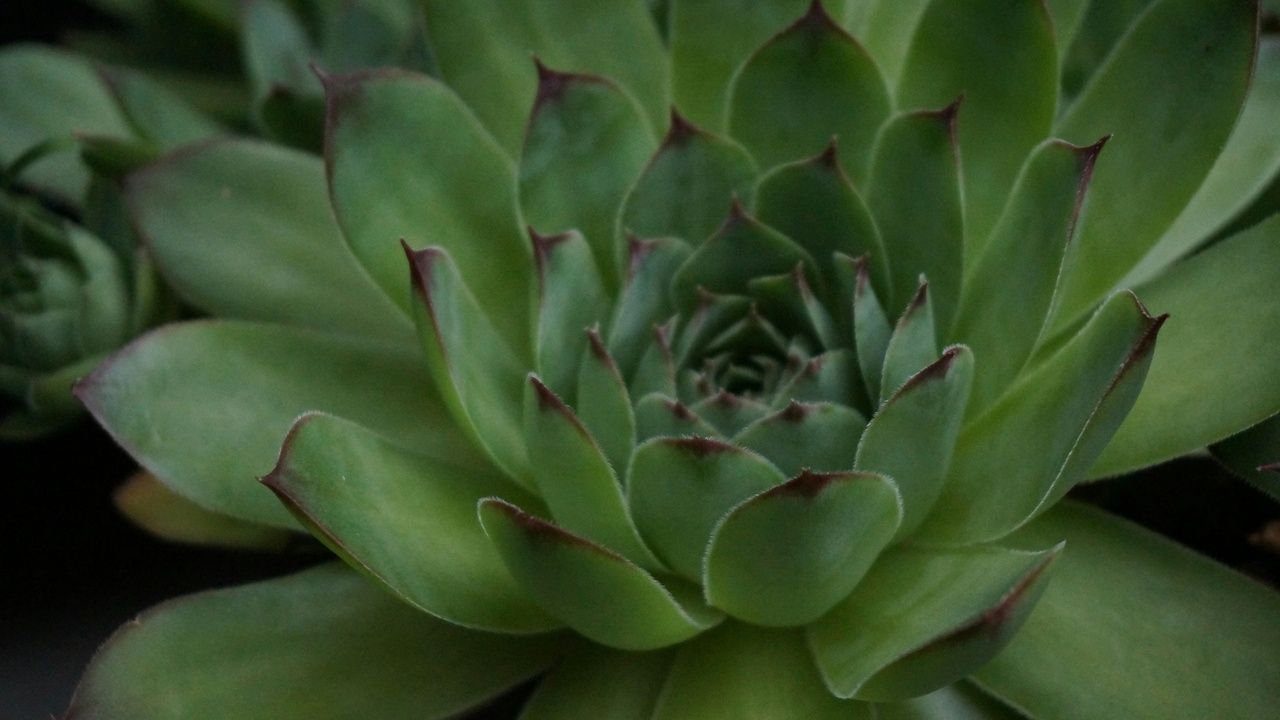
Desert plants do more than survive; they shape soils, feed wildlife, and provide materials and cultural value for people. From stabilizing gullies to supplying low-water crops, these species deliver ecosystem services that are increasingly valuable in a warming world. Below are three practical roles where desert-adapted vegetation is already being used in restoration, food systems and climate-smart landscaping.
11. Soil stabilization and ecosystem engineering
Roots, litter and plant architecture reduce wind and water erosion and create microhabitats that support other organisms. Restoration studies commonly report lower erosion rates in plots with native shrub and grass plantings compared with bare soil, and planted riparian shrubs are used to stabilize gullies and slopes after disturbances. Choosing the right native species for local conditions helps rebuild soils and retain moisture where it matters most.
12. Drought-tolerant food and fiber: agave, prickly pear, and mesquite
Several desert plants are valuable crops: agave is the source of tequila and fibers (and typically takes 7–10 years to mature), Opuntia (prickly pear) provides fruit and livestock forage, and mesquite pods are traditionally ground into flour. These species fit into agroforestry and climate-smart cropping systems where water is limited, and there’s a growing movement to revive native food use and diversify low-water agricultural options.
13. Climate resilience and water savings in landscapes
Replacing turf with drought-adapted plants can cut household outdoor water use by up to about 50%, and xeriscaping also lowers maintenance and chemical inputs while providing habitat for pollinators. Municipal programs that promote water-wise landscaping often recommend native succulents and shrubs because they match local climate and soils. For homeowners, selecting regionally appropriate native species yields the best mix of beauty, resilience and ecological benefit.
Summary
- Succulence and CAM let plants store water and shift gas exchange to cooler nights, reducing evaporative loss.
- Leaf reduction, spines and precise stomatal control cut surface-area losses while deep or widespread roots capture scarce moisture.
- Seed dormancy and short-lived ephemerals spread reproductive risk across unpredictable years, while clones like the creosote “King Clone” illustrate extreme longevity.
- Desert species offer practical benefits — soil stabilization, drought-tolerant foods like agave and prickly pear, and landscape water savings through xeriscaping.
- Knowing the key characteristics of desert plants helps pick the right species for conservation, restoration, and low-water gardens.

